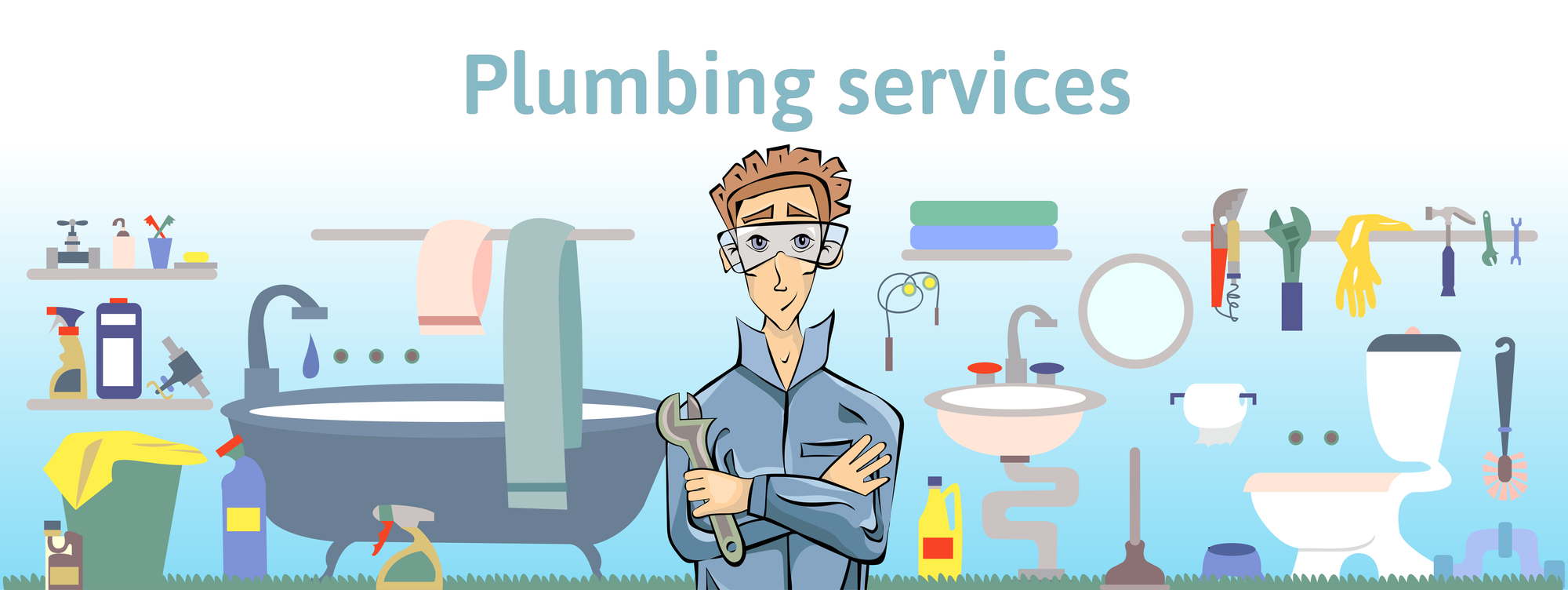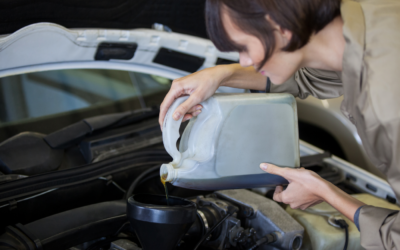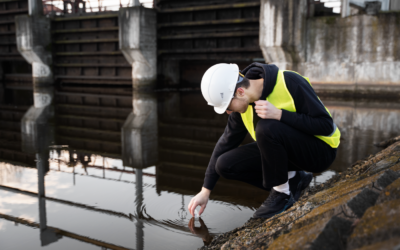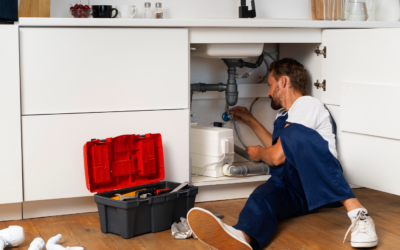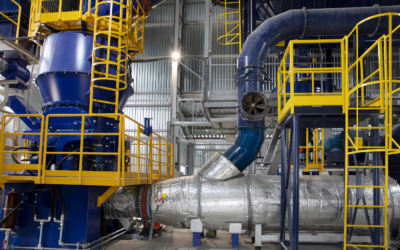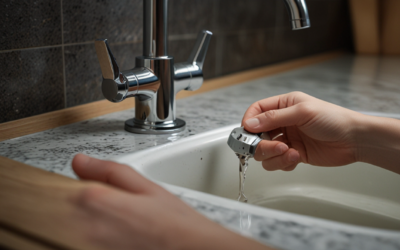As a plumbing services company, we understand the importance of clean and safe water for our customers. Therefore, we celebrate National Backflow Prevention Day annually, which occurs on February 10th. The day is devoted to educating customers and highlighting the importance of backflow prevention systems.
We know that not everyone is familiar with the term ‘backflow‘, so we will begin by giving a brief explanation. Backflow is the reverse flow of water into the water supply system. It can occur when there is a drop in water pressure or when the flow in the system is reversed. Backflow can be dangerous because it can cause contaminated water to re-enter the public water system and pose a threat to public health.
The purpose of National Backflow Prevention Day is to encourage homeowners and businesses to have backflow prevention devices installed in their homes and properties to protect against the risk of contamination. Therefore, it is important for customers to familiarize themselves with backflow prevention devices and their importance.
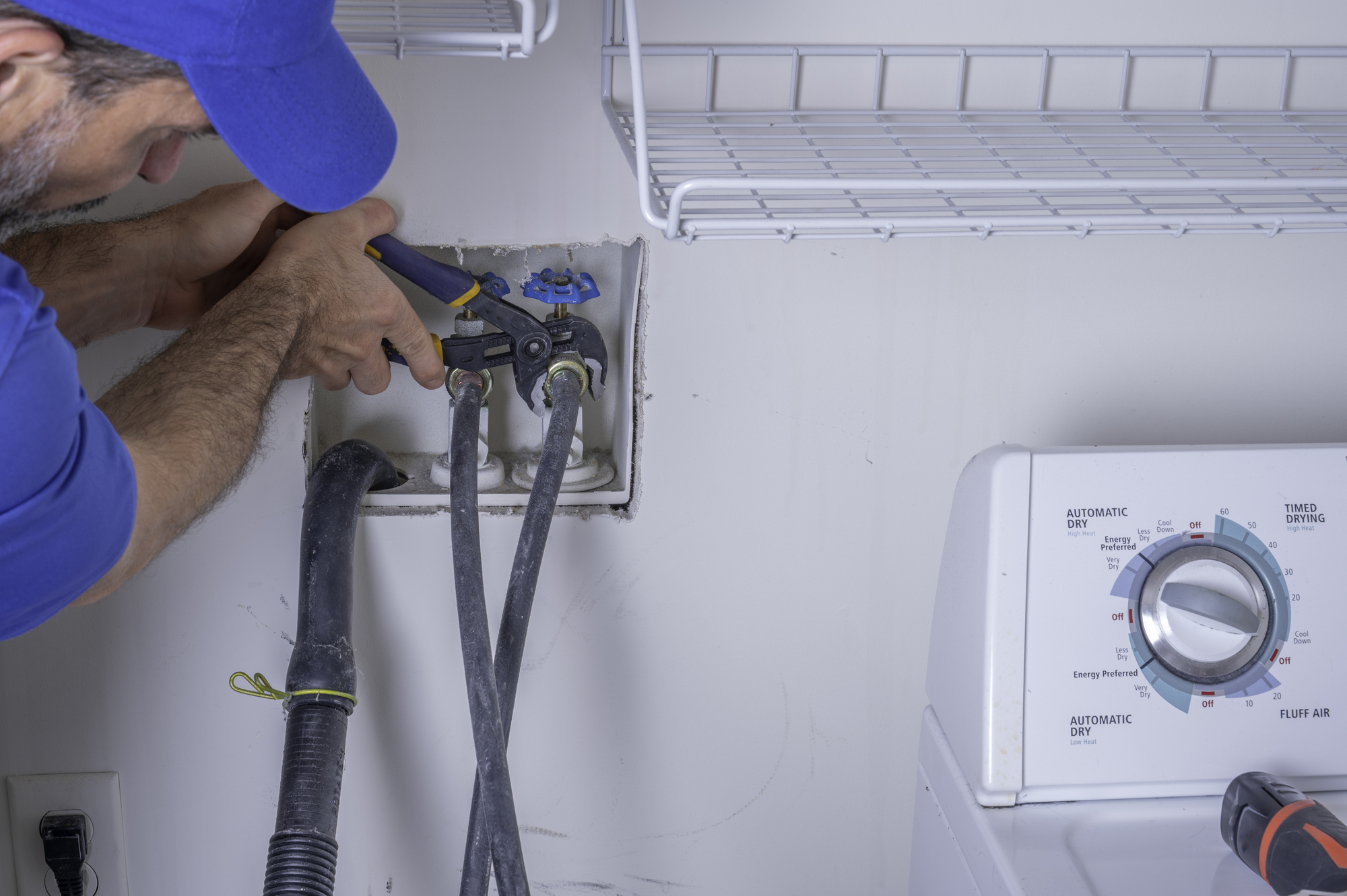
Types of Backflow Prevention Devices
There are different types of backflow prevention devices, and each serves specific purposes. Let’s discuss a few of the most commonly used ones:
1. Air Gap: An air gap is a mechanical device that separates the delivery line from the outlet line by a gap of air. It ensures efficient drainage of wastewater and prevents any backflow from occurring. This type of backflow prevention is common in dishwashers, water conditioning systems, and water softeners.
2. Double Check Valve Assembly (DCVA): DCVAs prevent contaminated water from flowing back into the public water system. It contains two check valves that close to prevent water from flowing back. It is commonly used for irrigation systems, fire suppression systems, and boilers.
3. Reduced Pressure Zone Assembly (RPZ): The RPZ is the most effective type of backflow prevention device. It contains three valves that prevent backflow in the event of a drop in water pressure or reversed flow. It is usually installed in commercial properties, where there is a higher risk of contamination.
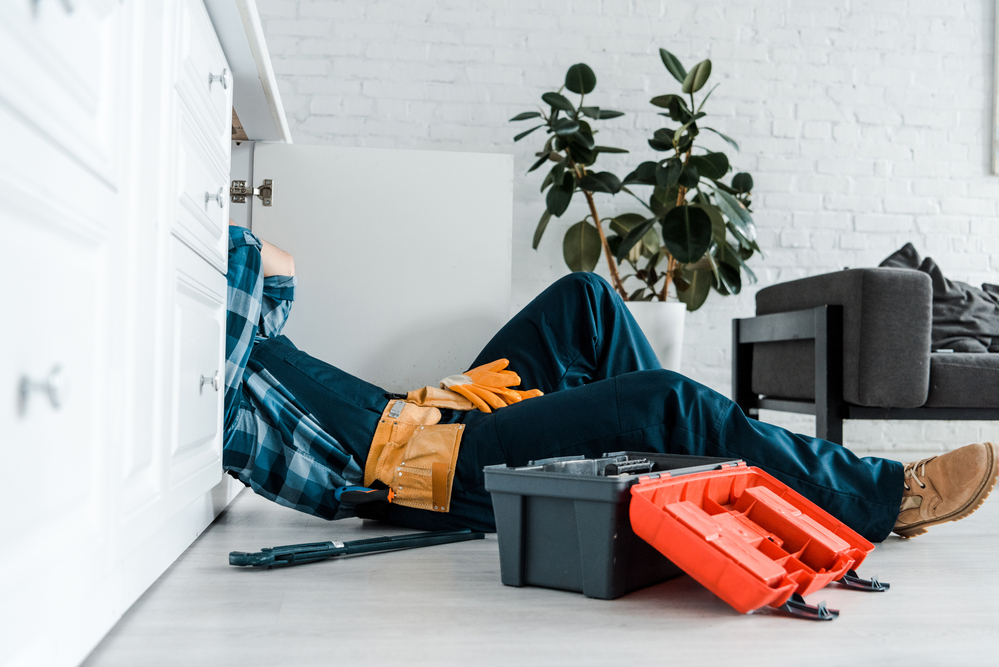
Importance of Regular Backflow Prevention Testing
It is essential to have backflow prevention devices checked regularly to ensure they are in good working condition. These devices require regular testing, repair, and replacement to be effective. Backflow prevention testing must be performed by a licensed plumber, who will test the device and ensure proper functioning.
If a backflow prevention device is not working correctly or is not installed, it can pose a significant health risk. Contaminants such as fertilizers, pesticides, bacteria, and other harmful chemicals can enter the public water supply, leading to serious health issues.
Conclusion
National Backflow Prevention Day is an essential reminder to homeowners and businesses of the importance of safe and clean water. At ACE Plumbing Repair, we strive to protect our customers from the risks associated with backflow. If you suspect an issue with your backflow prevention device, do not hesitate to contact us. Our licensed plumbers are on hand to perform regular testing, repair, and replacement to ensure your device is functioning correctly. Contact us at (844) 711-1590 or visit our website at aceplumbingrepair.com for more information.

